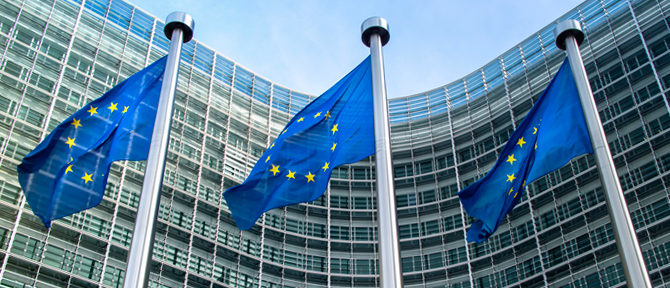by Andrew Bosomworth, PIMCO
At its 8 December Governing Council meeting, the European Central Bank (ECB) extended its asset purchase program by nine months to the end of December 2017, but at a rate of €60 billion per month – a decrease from €80 billion currently.
So did the ECB taper or not?
PIMCO thinks it did. The ECB chose to purchase an additional €540 billion of assets, which exceeds the €480 billion stock implied by a six-month extension at €80 billion per month (what the markets were expecting). However, it will do so at a lower monthly run rate – and at face value, that is tapering.
Yet the ECB’s decision was more nuanced than that. The bank said it “intends to increase the programme in terms of size and/or duration” if conditions deteriorate. Moreover, it remains open-ended in that the ECB has committed to keep it in place until at least the end of next year – “or beyond, if necessary, and in any case until the Governing Council sees a sustained adjustment in the path of inflation consistent with its inflation aim.” Which raises the question, what exactly is the target?
A new inflation goal?
The ECB’s inflation target is not straightforward. Officially, it doesn’t even have one, but rather defines price stability as the rate of HICP (Harmonised Index of Consumer Prices) inflation that is “below, but close to, 2%.” The ECB forecasts HICP inflation to be 1.3% next year, 1.5% in 2018 and 1.7% in 2019. That’s an average of 1.5%, after what is set to be just 0.2% this year. So is 1% inflation replacing the previous “just below 2%” target?
PIMCO interprets the ECB’s decision to lower the asset purchase rate as acknowledgement that 2% is an ambitious inflation target to achieve, at least via the blunt tool of bond purchases.
This reinforces our longer-term caution about investing in eurozone countries with high debt burdens and low potential economic growth. Low nominal growth rates make it harder to stabilize debt relative to income. And with the ECB slowing down, the onus will be on governments to implement structural reforms to boost growth.
A “stealth” rate cut and steeper yield curve
Adding to our caution is the ECB’s decision not to relax its rule basing purchase allocations on its capital key. Rather, it enabled purchases of bonds at yields below the rate on the deposit facility, which the ECB left unchanged at -0.4%, as well as purchases of bonds with maturities as short as one year. The increase in the eligible universe of bonds at the front end of the yield curve, coupled with some national central banks’ revealed preference to buy shorter-maturity bonds, supports a steeper yield curve.
These changes – effectively a “stealth” rate cut (without actually cutting policy rates) and a steeper yield curve – will benefit banks’ net interest margins and in turn help them transmit the ECB’s ultra-low interest rates to the real economy.
The eurozone economy’s recovery is still on track, but get used to 1%-area rates of growth and inflation – and be watchful of those countries with high debt burdens that are struggling to reach even this low threshold.
Andrew Bosomworth is PIMCO’s head of portfolio management in Germany and a regular contributor to the PIMCO blog.















